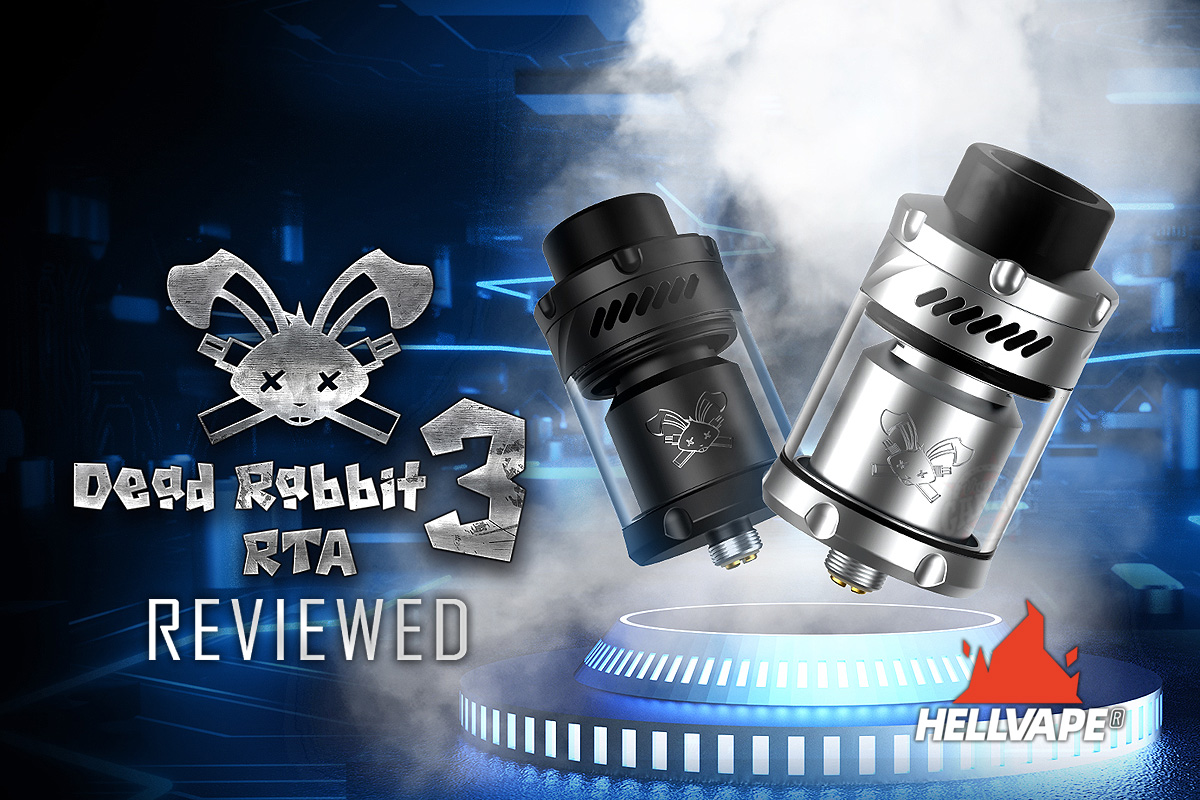Is your vape tank leaking? Here’s how to fix it!
 Tanks can be a real pain sometimes. Often they are fantastic, but Murphy’s Law always seems to decide that just when you absolutely need your vape to work, something will happen.
Tanks can be a real pain sometimes. Often they are fantastic, but Murphy’s Law always seems to decide that just when you absolutely need your vape to work, something will happen.
Most times, it’s a leak. By design, modern tanks are built to get juice to your wick and coil efficiently, and the most efficient way to do it is to have juice come from a reservoir above the wick and coil, using gravity to do most of the work.
While this is efficient, and tank makers have done their very best to utilise negative pressure to keep wicks from overwicking, it’s a flawed system. There are so many things that can go wrong, sometimes you’ll be pulling your hair out trying to troubleshoot the issue.
So to help you in the road to getting that tank working and onto happy vaping, here are a few of the most common reasons for a tank to leak and how you can fix it.
Seals and O-rings
The seals and O-rings in your tank play a very important role. Not only do they prevent eliquid from escaping the tank where the various parts join together, but they are sealed so well that together with the viscosity of your eliquid, create a kind of negative pressure, only allowing juice to weep out into your wicks, and not flood the build chamber.
When your seals are not doing their job, gravity sets in and allows eliquid to go where it is not supposed to. If you’ve ever heard another vaper tell you a story about their tank all of a sudden dumping all of its juice out of the airflow, pressure in the tank equalising suddenly, will likely be the culprit.
It’s easy to make sure you’re orings and seals are always in tip top shape, by taking preventative measures. Never tighten tank sections so tight that they might crush or collapse the seals, and always make sureto lubricate O-rings with a little eliquid whilst fitting them and putting your tank back together.
If you suspect that your seals may be on their way out, change them. It’s a very quick and simple process, and most tanks today, will come with a spare set in the box.
Wicking and coils
Wicking also plays a role in keeping your eliquid flowing correctly.
For rebuildables, a wick that fits through the coil too loosely or does not fill the wicking holes enough will create gurgling and spitback, due to liquid flooding the deck. You might not get any leaking outside of the tank, but a flooded deck is a pretty unpleasant experience too. No one wants to drink ejuice!
Wicks should fit snugly inside of your coils, you should be able to pull your wick through the coil with just a little resistance, if it pulls though too easily, you’renot using enough cotton.
Eliquid viscosity
Simply put, some tanks are designed for specific usage.
A dual coil, 100watt compatible tank will cater to direct lung inhales and be designed to work best with thicker eliquids
Conversely, a single coil mouth to lung tank with an optimum wattage of 15 – 30 watts will be designed to run thinner eliquids.
As you can imagine, trying to put a thinner eliquid into a tank that is not designed for it can and will result in some seepage, whether it be from the build deck or from some other seal or oring.
Factory coils
There are a couple of reasons that factory coils can cause leaking.
Usually it is due to the coil not being screwed down on the base all the way, or a missing oring between the two. This will cause a slight gap and give you all sorts of grief.
Another culprit is a worn coil head. Cotton breaks down eventually, and an old or worn coil head simply won’t work as well as when it was brand new. Thankfully this is an easy fix. When in doubt, just change your coil.
The angle of the dangle
Innovation in tanks has come a long way and while you might easily get away with holding your vape upside down or on its side, eventually one day, you’ll be in for a nasty surprise.
Laying your tank on its side can cause all sorts of wicking issues, and play havoc with the vapour lock (negative pressure) of your tank. Of course this all depends on various things like the wicking holes being exposed to eliquid on one side and none on the other, gravity, and I’m sure several other scientific and clever terms I’m not familiar with. But gambling on a wet pocket is something I personally don’t like the sound of. So do your best and try to keep those vapes as upright as possible when not in use.
That’s about all Ican think of right now, but if you follow most of these tips, you just might have a long and happy (and leak free) life with your tank!
If you’ve got any other tips that I might have missed or that you’ve discovered helps to keep your tank wet on the inside but dry on the outside, please let us all know in the comments below.










Leave a Reply